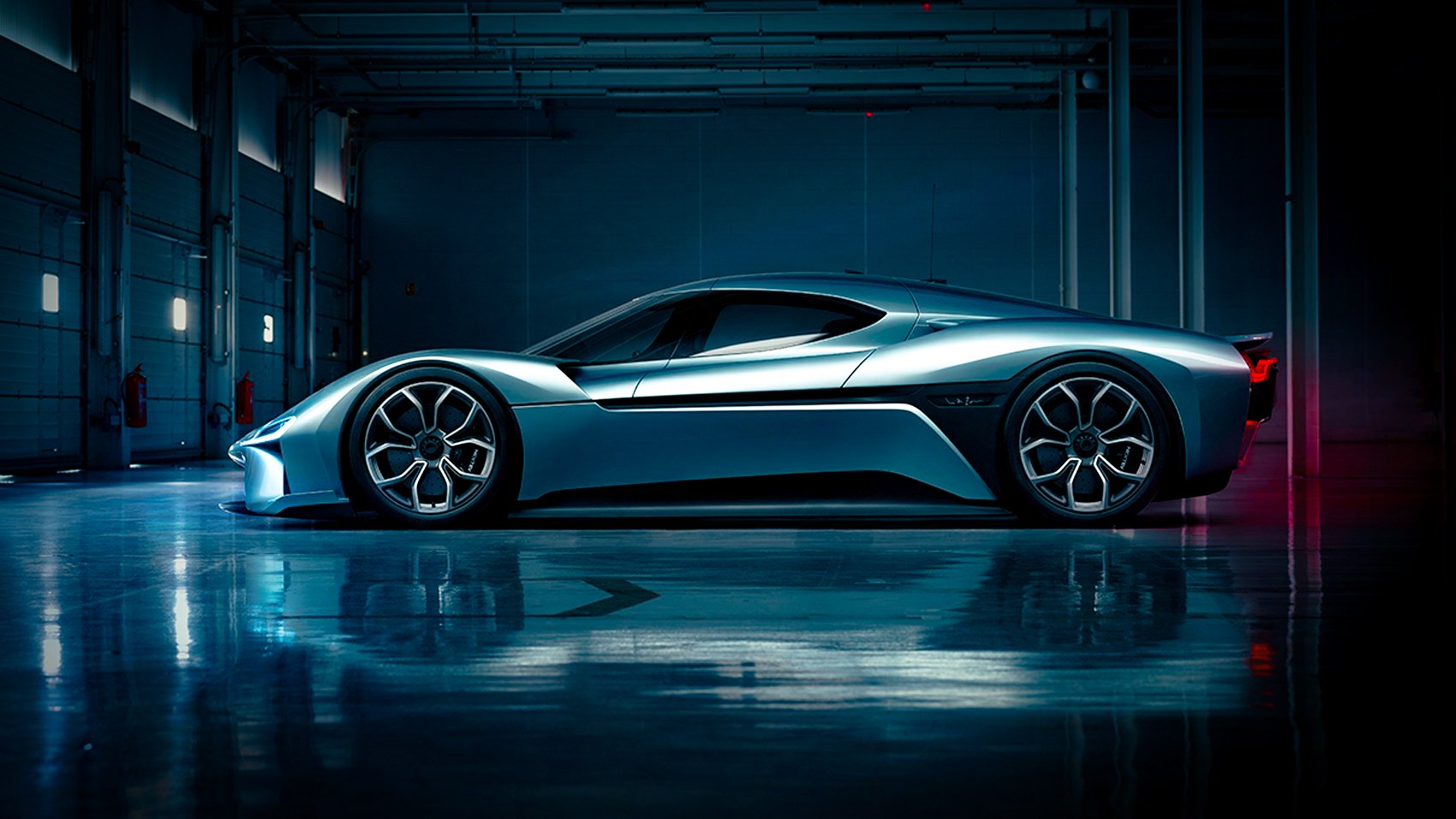CHINA
China has grown to become the world’s second-largest economy and largest CO2 emitter in just 30 years. Astonishing economic growth has seen the country of 1.4 billion people become a global economic superpower. With rising wealth and growing consumer demand for a ‘western lifestyle’ China will overwhelm any climate CO2 targets without radical action. We have witnessed large scale public infrastructure development at lightning pace with Chinese cities virtually springing up overnight. Roads, rail, airport, and military progress have been staggering. The ability of the Chinese to mobilise en masse and achieve tremendous progress, in a relatively short space of time, could bode well for tackling their CO2 problem. China is doubling down on electric. The electric developments in China are also acting as a catalyst for other countries, tipping the balance towards our electric future. Apart from the many Chinese EV Startups, state-wide electrification programmes are underway in a massive, concerted effort to be a world leader on electric mobility.
The Chinese government has made massive investments in charging infrastructure. Now the world’s largest market for electric cars, the government is also offering big subsidies for electric over ICE. The world’s largest emitter of greenhouses gases has woken up to the challenge of converting the 400 million ICE cars on China’s roads to electric.
Beyond just passenger cars, a big push is on to electrify public transport. Chinese company BYD has already completed an electrified bus network in Shenzhen. A city of over 12 million people, Shenzhen now has over 16,000 electric buses and 22,000 electric taxis on its roads covering more than one million clean kilometres per day. This is the future template for all Chinese cities, 100% zero-emissions public transport.
Supported by almost 2,000 chargers their bus network made the transition from diesel to electric and it works, moving over one million people per day.
The taxi fleet is comprised of BYD’s e6 cars. Purpose-built charging facilities have been built, where taxi drivers enjoy recreation and rest complete with gyms, massage facilities and food courts while their taxis charge. With some of the worst historical air pollution in the world, Chinese cities can now demonstrate a world leadership model in making quick moves to workable electric mobility.
China clearly wants to be the world leader and has audacious plans to accelerate its EV transition. In a 2021 study by McKinsey research, a poll found that only between 10% and 30% of Americans think their next car will be electric, that number is 40 to 60% in Europe and over 70% in China. Sales of electric vehicles in China grew by over 60% in 2020 to 1.2 million. There are also close to 1,000,000 chargers now in operation, of which over 300,000 are public charging stations. This is double the number in the United States. On top of customer subsidies, the Chinese government also set quotas for electric car manufacturing and encouraged overseas players to enter the Chinese market, like Tesla and its Shanghai Gigafactory.
China is currently leading in the development of lithium-ion battery mega factories. In 2021 of the more than 140 new battery plants under construction globally, China accounts for 107 of them. This compares to just nine in the US.
When it comes to global sales of electric cars, of the top 13 manufacturers, four are already Chinese brands, with BYD second only to Tesla. When it comes to the batteries inside the
world’s electric cars, batteries from Chinese suppliers represented just 10% in 2012 but that grew to 50% by 2020.
According to the International Council on Clean Transport, ICCT. China's battery production capacity is likely to keep it a global leader to at least 2025.
However, while China has made tremendous progress, its new EV sales targets are less ambitious than the likes of Norway Canada and the UK. With these countries aiming to be banning the sale of ICE cars 100% from 2025/30 onwards, China has only set a 20% target by 2025.
But right now, license plate auctions, parking space incentives, new car subsidies, automaker quotas, backing new EV start-ups and the added benefit of no real legacy auto industry has given China the global lead in the EV revolution in total numbers currently. Europe and the US can only look on and try to model some of Chinas policies and actions.
There are inconsistencies in the Chinese story, however; whilst they have pledged to reach carbon neutrality by 2060, massive development in oil and gas transmission pipelines is still taking place in parallel.
The plan for the world to reach zero carbon emissions is the key goal in battling our climate crisis. China's strong lead in transitioning to electric cars is to be commended, and many of its initiatives should be replicated by other countries. But matching this with clean energy production alternatives may be an even bigger challenge for the Chinese as they vie for a global leadership role.


